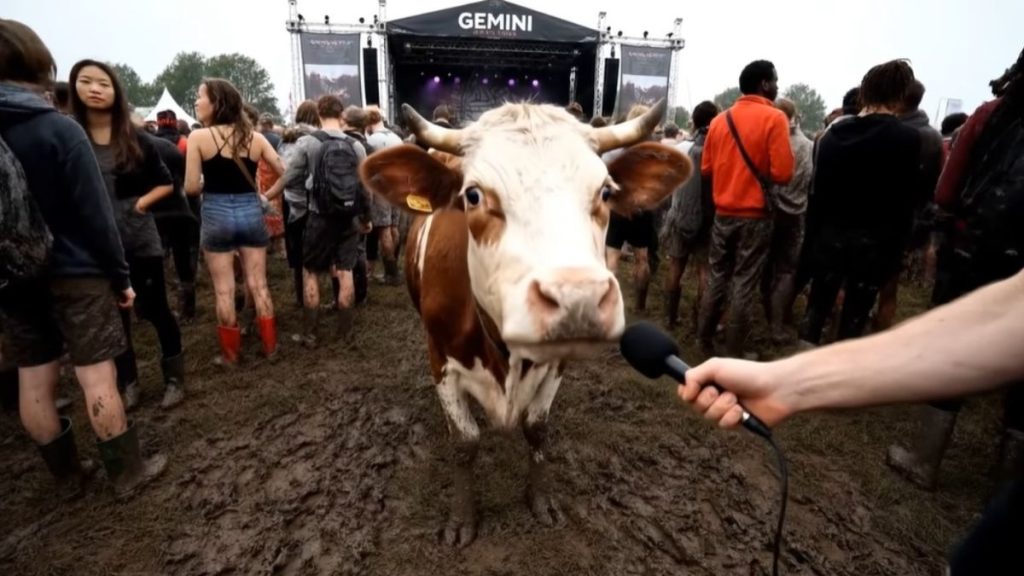Google is expanding access to its powerful AI video generation tool, Veo 3, to users in India. This AI video model can create high-definition videos from text or image prompts provided by users. Veo 3 is now rolling out via the Google AI Pro subscription on the Gemini app under the AI Pro subscription tier. The Pro subscription is priced at Rs 1,999 per month. Google is also offering a one-month free trial for users to explore the benefits of Gemini Pro.
“We’re excited to share that Veo 3, our latest AI video generation model, is now rolling out in India via the Google AI Pro subscription on the Gemini app,” said Google India in a statement. The AI model was first introduced at Google I/O 2025. Since its launch, it has gained significant buzz, with many users flooding the social media with AI-generated videos ranging from historical reimaginings to surreal creative experiments.
What is Veo 3?
According to Google, Veo 3 is its most advanced generation model, designed to produce short, high-quality clips from simple text or image prompts. Veo 3 allows users to create 8-second video clips at 720p resolution based on written or image-based prompts. What sets Veo 3 apart is that it not only creates visuals but also incorporates background music, sound effects, and even synthesised speech, allowing for richer, more immersive storytelling.
Google originally launched the model exclusively for users on the $249.99/month AI Ultra plan. However, it later introduced a scaled-down version called Veo 3 Fast in June. It is included in the more affordable AI Pro tier available at Rs 1,999 per month in India. According to Google, this version is optimised for faster generation speeds, producing results up to twice as fast due to backend upgrades.
How to use It in India
To use Veo 3, users must download the Gemini app on Android or iOS and subscribe to the AI Pro plan. Once subscribed, users can generate up to three Veo 3 Fast videos per day. After this limit is reached, the app automatically switches users to Veo 2, an earlier version with fewer features. However, Google has also introduced several updates for the Veo 2 model.
Similar to using the Gemini chatbot, to generate videos with Veo 3, users need to enter a prompt—such as a description or image—e.g., “a robot playing sitar on a floating island” or “Bigfoot spotted shopping in Delhi”. After the prompt is entered, the AI quickly generates a full video clip, complete with audio and visual effects.
Safety and usage limits
Notably, to protect the privacy and safety of users and prevent potential misuse of the AI video generator, Google has enforced limitations. All videos created with Veo 3 include visible and invisible watermarks to indicate that they are AI-generated.
The invisible watermarks use SynthID, a technology developed by Google to help track AI-generated content. The company also enforces usage policies and moderation tools to monitor the type of content being generated.
– Ends

